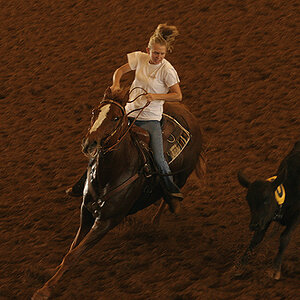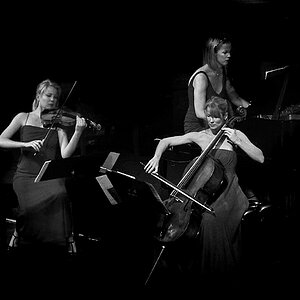tstefoto
TPF Noob!
- Joined
- Mar 21, 2019
- Messages
- 2
- Reaction score
- 0
- Can others edit my Photos
- Photos NOT OK to edit
I just purchased the Godox TT600's. These are manual off camera flashes. They have brand new alkaline batteries in them. While on a shoot, I had them dialed in to the settings I wanted. The first shot blew the scene completely out. I did not change the settings on anything, but took a second shot and it was perfect. Why does this happen? Why are they not consitant in the output power? I have posted the first and second shot below.






![[No title]](/data/xfmg/thumbnail/32/32639-1358bee897449f9a4a38676097b475d5.jpg?1619735555)


![[No title]](/data/xfmg/thumbnail/41/41922-e7a483d91c9d307d9bb8d6143d03889b.jpg?1619739944)





